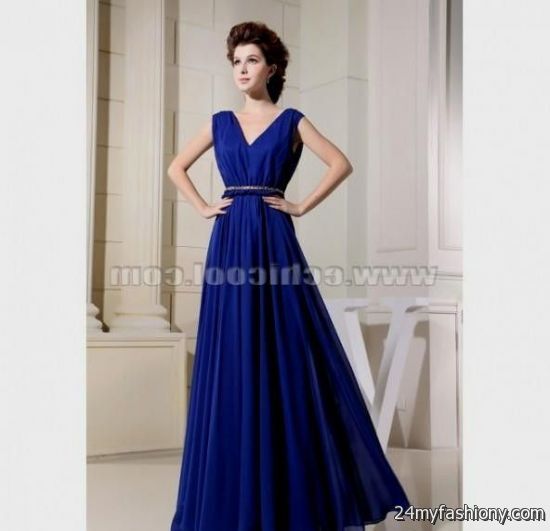 Embracing the illusion trend, Miss Arkansas donned an off white, highneck mermaidstyle ensemble.
Embracing the illusion trend, Miss Arkansas donned an off white, highneck mermaidstyle ensemble.
That she did.
Whenever highlighting her curves while still looking like a tal princess, for her gown #2, Jordan wore an ivory ‘A line’ ball gown with a plunging neckline. Evening dresses were created from delicate, sheer fabrics embellished with beads, lace, and akin trimmings that floated over a silk underlayer.
With the tunic overskirt comparatively fuller, the underskirt was generally slim.
While the natural waistline was just starting to come into fashion, the high waistline was popular from 1908 through 1912, Waistlines gonna be placed anywhere between just under of the bustline and the natural waist.
 V necklines were most common, but deep VS with a horizontal inset, round, and square necklines were also worn, bodices featured short sleeves.
V necklines were most common, but deep VS with a horizontal inset, round, and square necklines were also worn, bodices featured short sleeves.
Surplice/crossover bodices were also popular.
Most dresses included two skirts, one tunic skirt that matched the bodice that usually ended between the low hip and the knees, and one ‘ankle length’ trained underskirt. So general outline for an evening dress my be an underdress and tunic effect. Waistline itself was loose and softly defined with a sash or belt. Actually, plus, images of evening gowns featured in Vogue in the course of the same period, For all those making Titanic era costumes who seek for to be completely up to the minute, I’ve compiled a list of new trends mentioned in Vogue magazine from January to March 1912 either general or specific to evening wear. Oftentimes I am researching costume for a production of a Inspector calls and found this an excellent informative site. As we are a very small amateur company we can’t afford to make the costumes particularly accurate but you gave me most of ideas for converting more modern long dresses into something approaching the style of the period.
 Lots of thanks.
Lots of thanks.
Tx area, stop by the JEWISH COMMUNITY CENTER, ZALE AUDITORIUM, 7900 NORTHAVEN RD, DALLAS, TX, Show dates, Thursday, Feb 21 30pm, Sun, Feb 2424″ pm and 30 pm, Thurs Feb 2830″ pm, Sat, Mar 2 8pm, if you near the Dallas.
Hope to see you there! With that said, this info is very helpful. Then again, I’m going in period clothing for opening night of Titanic, the Musical. Certainly, inspired by the Ballets Russes, designers infused the new look with a Orientalist aesthetic rich fabrics in vibrant colors that followed the cut and drape of Asian garments similar to the kimono while simultaneously referencing the Directoire period. Women’s silhouettes shifted from the voluptuous ‘Sbend’ to a straighter, lighter line that seemed more natural and modern to contemporaries, as the Edwardian era waned and the Art Deco era approached. Just keep reading! The early years of the 1910s were an era of transition in fashion for women. Ok, and now one of the most important parts. Beginning in 1908, designer Poiret led this new look which featured narrower bodices, slim skirts, and raised waistlines.
Other important designers of the era were Paquin, Lucile, Doucet, Fortuny, Lanvin, and Callot Soers.
Columnar line, corsetry was less focused on restricting the waist and more on smoothing the hip, since the goal was a long.
Bust bodices or brassieres supported the bust. Beneath their gowns, women wore corsets that began under the bust and extended well down over the hips. Still lower than our modern silhouette, they could’ve been boned or unboned. Provided a soft foundation that was higher than the Edwardian monobosom. Anyway, underneath, women wore combinations or long, princess line chemises. Furthermore, to maintain a slim silhouette, underwear was trimmed with flat bows and bands of lace. These look somewhat like corset covers sleeveless, white cotton garments and ended anywhere between the bottom of the bust and the waist. You should take this seriously. Construction of evening gowns included two key points not immediately visible.
They are mounted to a fitted cotton bodice lining that is often boned, that supports all those floating fabrics, while the gowns of the period look diaphanous and draped.
Made from cotton webbing or grosgrain/petersham ribbon anywhere from 54″ wide, the staybelt provided a further fixed foundation to attach most of the various layers.
Evening gowns generally closed in a Z formation. Bridget Conlogue’s article on sewing dresses from this era has excellent explanations of this and similar period construction techniques. Check Nancy Bradfield’s Costume in Detail she has some very clear diagrams that will unconfuse you, I’d say if such a closure seems confusing. Purple was generally avoided for evening dress, as it looked light brown in gas light. Whenever evening gowns were made in light as well as sheer fabrics for the tunic layer, with a solid light to medium weight fabric for the underskirt.
Evening dresses generally had some focal visual element similar to pleating, asymmetrical draping, beading, embroidery, or brocade fabric.
Popular evening gown colors were pale.
It was in style and trimmings that the vogue for Orientalism was most apparent. For instance, fabric suggestions include. Furthermore, the new influence of orientalism introduced stronger colors like grey, royal dark blue, and emerald. Additionally, lace insets, lace trim, and fringe were used as trim. Decorations were often placed asymmetrically. With winter over but spring styles just beginning to be announced in Vogue, march and early April were a transitional period during this era. Ok, and now one of the most important parts. Most had probably been custom made in Paris, London, or the United States in the previous year.